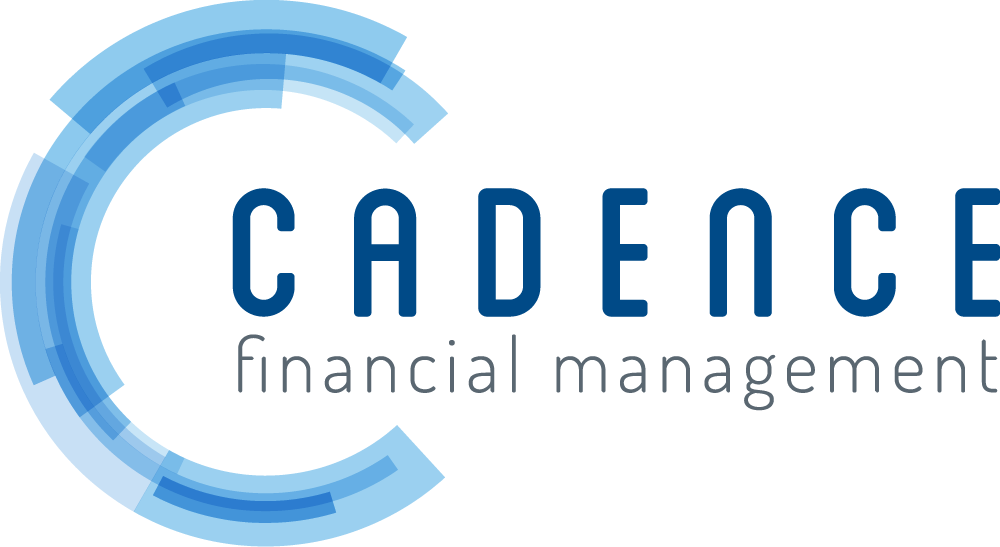Connection to Future Self Is Key to Retirement Readiness
The relationship we forge with our future selves can greatly impact financial decision making in the present. Research conducted by social psychologist Hal Hershfield using functional magnetic resonance imaging revealed that subjects with a stronger connection to their future selves were more likely to delay gratification and make more prudent financial choices. But how can plan sponsors help employees make the connection? The Consumer Financial Protection Bureau has a “Future Self Tool” with three self-guided exercises.
Letter from Your Future Self. A letter is written from the present self to the future self (in 10 years), addressing aspirations, achievements, any potential regrets and words of advice. This personal exploration of where participants see themselves a decade down the line offers a platform to express their deeply held hopes and dreams — and helps foster greater emotional connection to their future self.
Picture Your Future Self. Participants are asked to vividly imagine and visually represent in pictures or symbols both their current and desired future self (e.g., home, activities and accomplishments) to more clearly appreciate the long-term consequences of present-day financial decisions. This visualization serves as a potent reminder of why it’s important to make forward-looking financial choices today, given their potential lifestyle impacts tomorrow. By painting a clear and vivid image of a desired future, participants will presumably be better motivated to do what’s necessary to achieve it.
Conversation with Future Self. This exercise involves role-playing a discussion between the present and future self, prompting an open and honest dialogue about hopes, fears, expectations and plans on the horizon. By doing so, participants address current concerns and hear advice from a trusted source — themselves. The process can offer clarity regarding the path they should take to secure their future happiness and financial well-being.
Future Self-Visualization Workshop
So how can you encourage employees to foster a greater connection with their future selves? Several activities can easily be incorporated into existing financial wellness initiatives. Consider hosting a “time travel” themed interactive group workshop where participants are guided through future self-visualization exercises. Make it fun and engaging with a “future selfie” booth using one of the many available apps that show what you might look like at an older age. Or use virtual reality or augmented reality demos to let participants experience a vision of the future. Use LED lights, fiber optics or projection mapping to create some sci-fi ambiance alongside fun, futuristic food presentations.
In the end, our collective challenge is to help ensure that the needs of employees’ future selves are recognized and acted upon in their current retirement planning strategies and decision making. Giving participants tools and resources to bridge this gap can help them avoid “future shock” and assert greater agency over their financial well-being in the here and now.
Sources:
https://files.consumerfinance.gov/f/documents/cfpb_future-self-tool_2021-05.pdf
https://newsroom.ucla.edu/stories/the-stranger-within-connecting-with-our-future-selves
This material was created to provide accurate and reliable information on the subjects covered but should not be regarded as a complete analysis of these subjects. It is not intended to provide specific legal, tax or other professional advice. The services of an appropriate professional should be sought regarding your individual situation. The material presented was created by RPAG. Securities, investment advisory, and financial planning services offered through qualified registered representatives of MML Investors Services, LLC. Member SIPC (www.sipc.com). Supervisory Office: 16 Campus Blvd, Newtown Square, PA 19073. Cadence Financial Management, LLC is not a subsidiary or affiliate of MML Investors Services, LLC or its affiliated companies. ACR# 5733619 06/23
